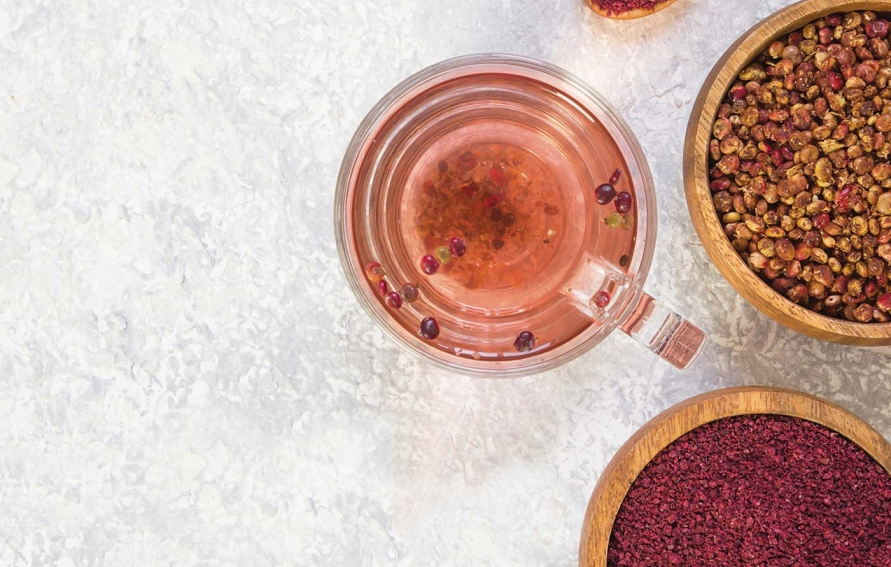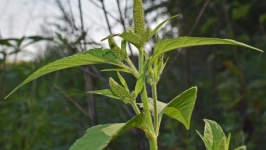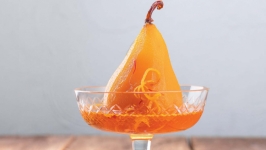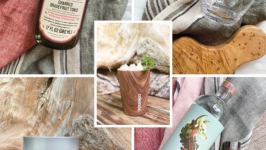Indiana sits in the heart of what was once the world’s largest deciduous temperate hardwood forest, where “a squirrel could travel from Maine to Texas without ever touching the ground,” according to one historial marker. Remnants and descendants of the Great Eastern Hardwood Forest can still be found in urban forests and wilderness preserves like the Hoosier National Forest.
If you’re out on an autumn walk or a hike, you can find the forest’s native wild foods like sumac, sunchokes, berries, pawpaws, and persimmons. If you want to forage, pick ethically: Take care to make proper identification of the species and know the area’s laws about which species can and cannot be harvested. Be conservative and leave behind plenty for wildlife and regeneration. Most foraging experts suggest taking no more than a tenth of the wild food you find. Never forage from an area that has been treated with chemicals.
A popular annual event with local foragers is the Indiana Forest Alliance’s Forest-Foraged Feast fundraiser. Dishes have included nettle spanakopita, mulberry jelly, pickled dandelion flowers, pawpaw bisque, and chicken of the woods mushrooms. In celebration of the group’s 25th anniversary, FARMbloomington created this refreshing wild sumac beverage, which can be served with or without alcohol. To learn more about the Indiana Forest Alliance, visit IndianaForestAlliance.org.










